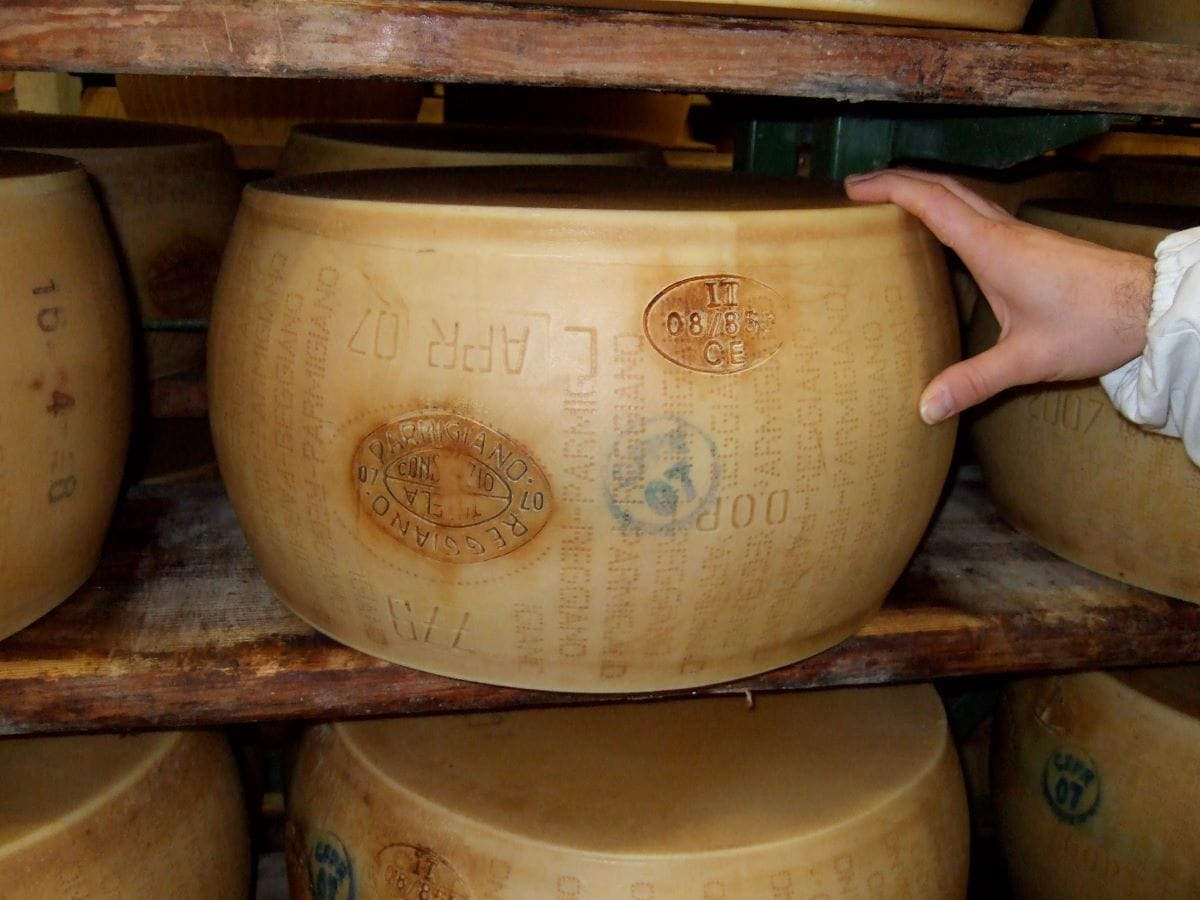
Parmigiano Reggiano Cheese: The Ultimate Guide to Italy’s King of Cheeses
October 6, 2024
First things first: “Parmigiano Reggiano” cheese is not the same thing as “Parmesan.”
Except when it is.
This may sound like a riddle, but it’s not—and the distinction will be clear by the time you finish reading this deep dive into everything you’ve ever wanted to know (and hadn’t thought to ask) about Parmigiano Reggiano cheese. That includes several experiences unique to the Emilia-Romagna region.
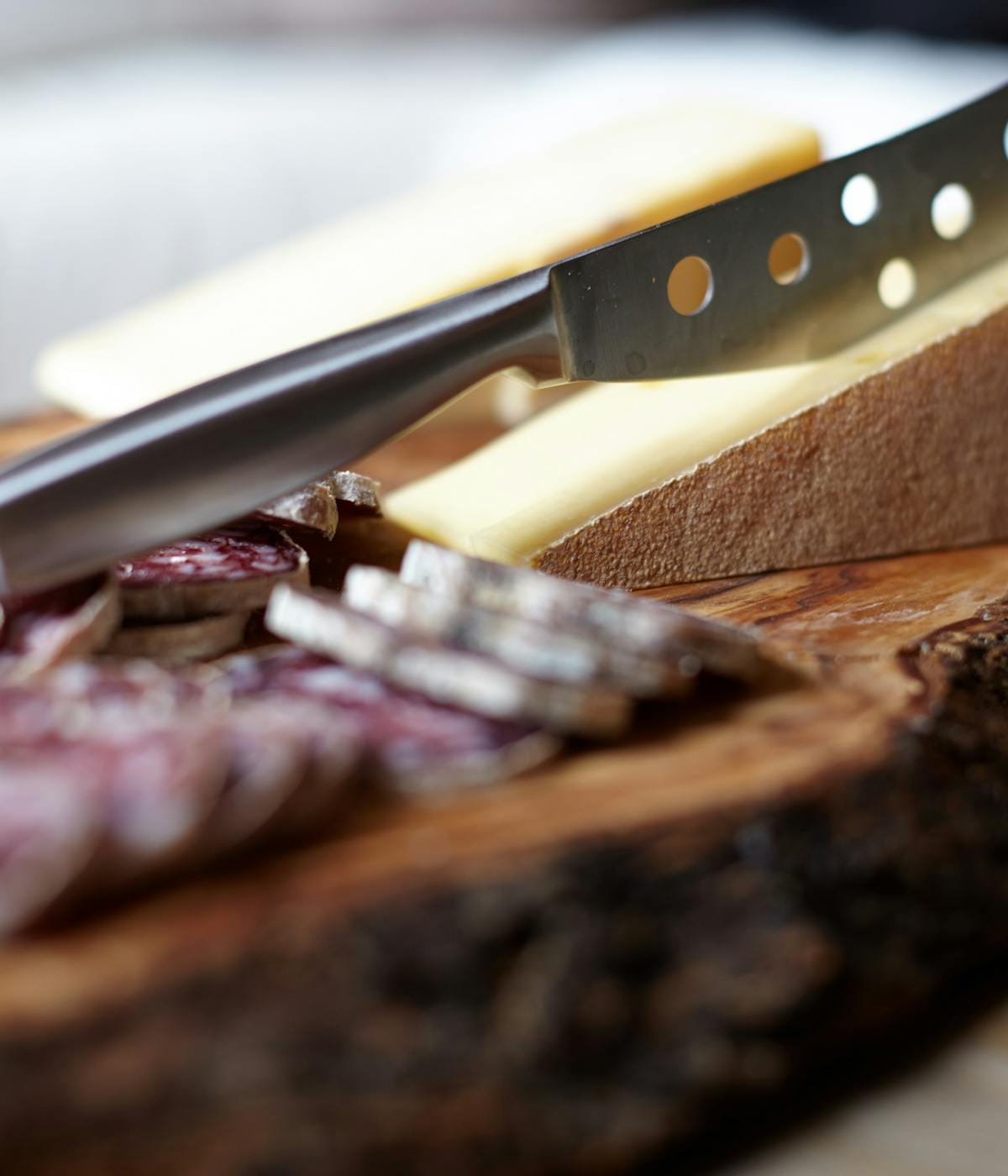
Here’s everything you didn’t know you needed to know about Parmigiano Reggiano cheese. Photo credit: Pixabay
Table of Contents
ToggleParmigiano Reggiano in situ
Authentic Parmigiano Reggiano cheese is available in every corner of Italy today, not to mention markets all over the world. But there are a few cheese-related activities you can only do in the Emilia-Romagna region.
Just keep in mind that these are often in rural areas not well-connected to public transit, so your best bet is usually to book a tour that includes transportation or to rent a car for a day or two of exploring.
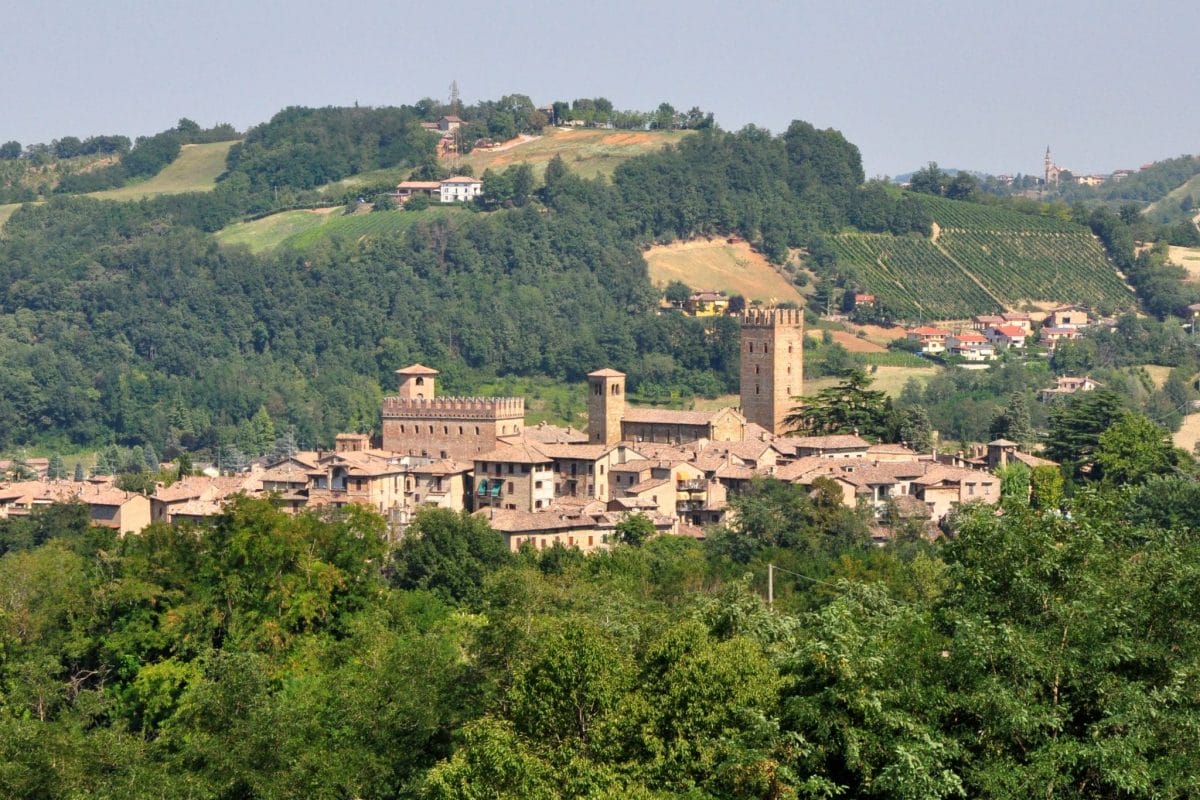
Visit the Emilia-Romagna region to get your cheese fix.
Visit a Parmigiano Reggiano cheese maker
There are hundreds of dairies in the region, and many of them have open hours when customers can visit and shop at the source. There’s a directory on the Parmigiano Reggiano website that you can filter by location and by dairies that offer tours so you can see for yourself how Parmigiano Reggiano cheese is made.
Many dairies also open their doors to visitors a couple of times a year during “Caseifici Aperti” (“Open Dairies”), once in the spring and once in the autumn, so make sure to keep an eye on on these events to be able to visit a dairy making and producing Parmigiano Reggiano cheese.
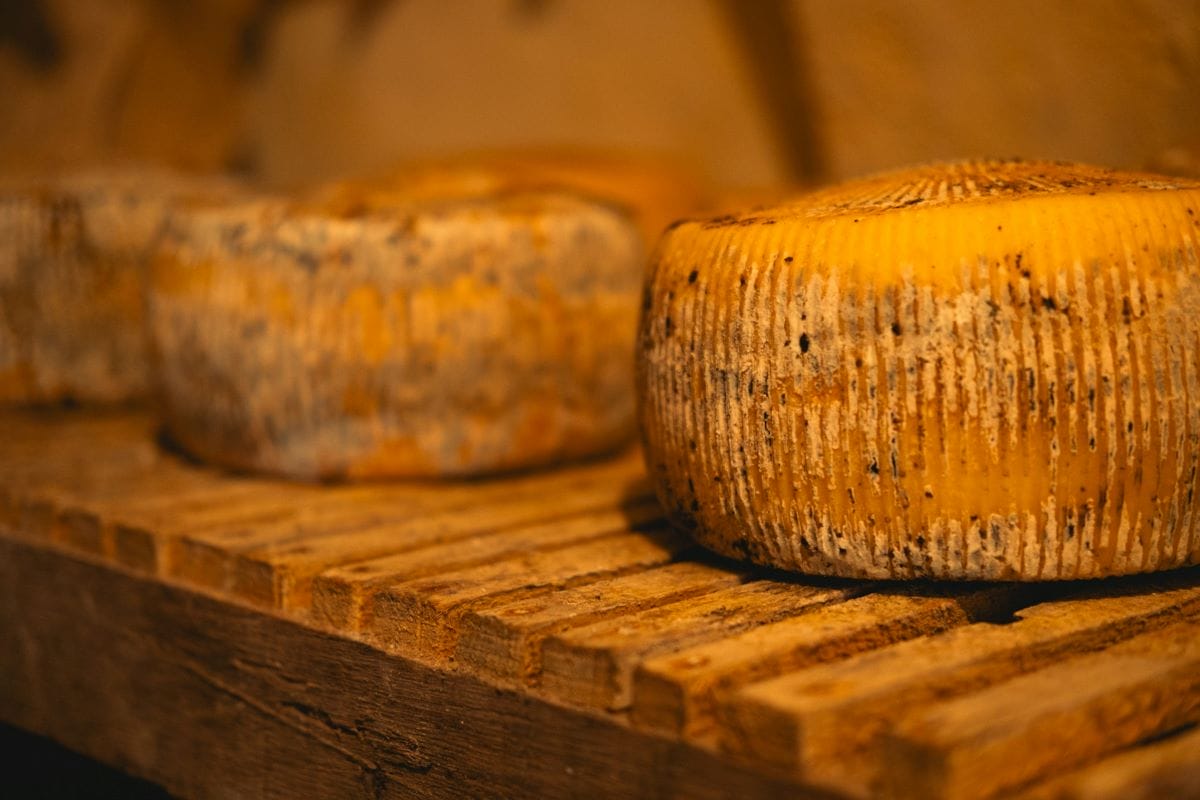
If you want authentic Parmigiano Reggiano, then go straight to the source. Photo credit: Michael Lock
Check out the Parmigiano Reggiano Cheese Museum
There is a collection of food museums in the Parma area, including one dedicated to Parmigiano Reggiano. The small museum is a former cheese-making facility, and the displays and exhibits show how the cheese is made.
By the museum’s shop, there’s also a tasting room where you can sample different ages of Parmigiano Reggiano cheese.
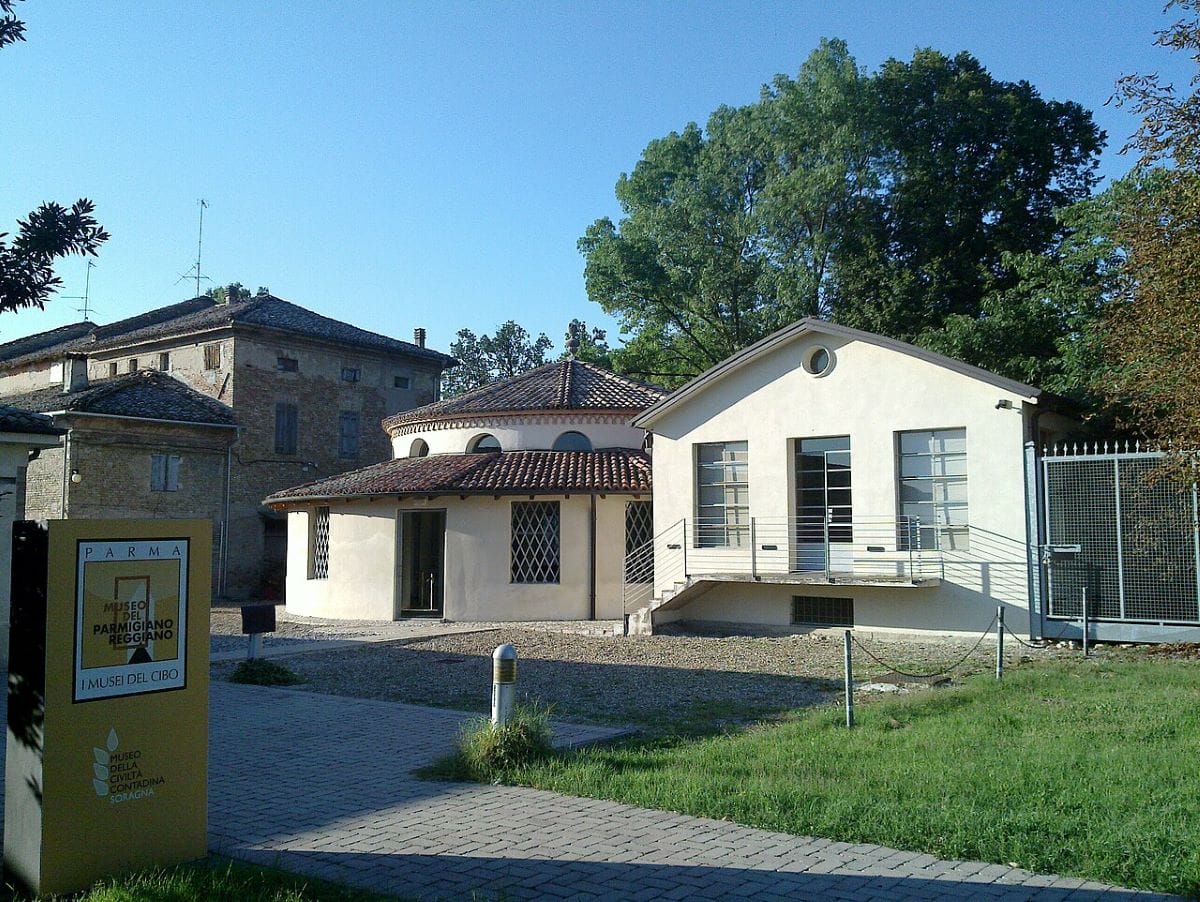
Get up close and personal with the cheese making process at the Parmigiano Reggiano Museum. Photo credit: Maxperot
Go to the Parmigiano Reggiano Fair
The little town of Casina, roughly 29 miles from Parma and 18 miles from Reggio Emilia, hosts the Parmigiano Reggiano Fair (Fiera del Parmigiano Reggiano) in August. There are, of course, opportunities to taste and buy the king of cheeses – Parmigiano Reggiano cheese – along with music, art, contests, and even a parade.
To make your visit even sweeter, make sure to read up on the history of this incredible cheese.

Sampling all the cheese you can eat isn’t a bad way to spend the day. Photo credit: Lipetskaya Zemlya
A brief history of Parmigiano Reggiano cheese
13th century origins
Parmigiano Reggiano’s origin story goes back to the Middle Ages. Some accounts credit monks with the original creation, but the first recorded mention is a 1254 sales receipt for Parma cheese sold in Genoa, indicating that by the mid-13th century the cheese was already known outside the regions where it was produced.
Starting in the 14th century, cheeses from Parma and Reggio Emilia ventured further and further from home.
A book of short stories by Italian author Giovanni Boccaccio published in 1348 even describes a fanciful town that has “una montagna tutta di formaggio parmigiano grattugiato” (“a whole mountain of grated Parmigiano cheese”), and by the 16th century the cheese was being exported to points all over Europe.

The origins of this cheese may not be fully known, but without it Italian dishes wouldn’t taste quite the same. Photo credit: Simona Sergi
Rise of the cheese consortium
The Duke of Parma created the first “origin designation” for cheese made in his region in 1612 to distinguish it from similar cheese made elsewhere, but it wasn’t until 1928 that the first consortium protecting the local cheese was established.
In 1934, the Parmigiano Reggiano Cheese Consortium gave the cheese its current name and developed an official seal of approval that could be stamped on cheese wheels so consumers could easily identify authentic cheese that met the consortium’s standards.
The name “Parmigiano Reggiano” hints at the dual provinciality of the cheese: “Parmigiano” means “from Parma,” while “Reggiano” means “from Reggio.” These collective nouns can be applied to any number of things—a man born in Parma, for instance, is also Parmigiano (a Parma-born woman is Parmigiana). And the English version of “Parmigiano” is “Parmesan.”
(No, the answer to the opening riddle isn’t that simple, but let’s call this an early clue.)

Did you know where the cheese origin designation came from? Photo credit: Udo Schröter
Parmigiano Reggiano cheese: Protected status
In 1992, Parmigiano Reggiano got the European Union’s Protected Designation of Origin (Denominazione d’Origine Protetta in Italian) stamp, often abbreviated in Italy as “DOP.” This stamp indicates cheeses that have met the strict specifications established by the Parmigiano Reggiano Cheese Consortium. Without the DOP designation, you can’t be sure you’re getting true Parmigiano Reggiano.
There are protected regional designations for food products all over Europe, designed to protect both the people who make unique products and the consumers who buy them.
One of the most famous examples of this is designation for “Champagne,” the sparkling wine that can only bear that name if it comes from the Champagne region of France and is made using a specific technique. This isn’t to say that sparkling wine made with that method in another part of the world isn’t delicious. It does mean, however, that it can’t bear the name (or price tag) of authentic Champagne.
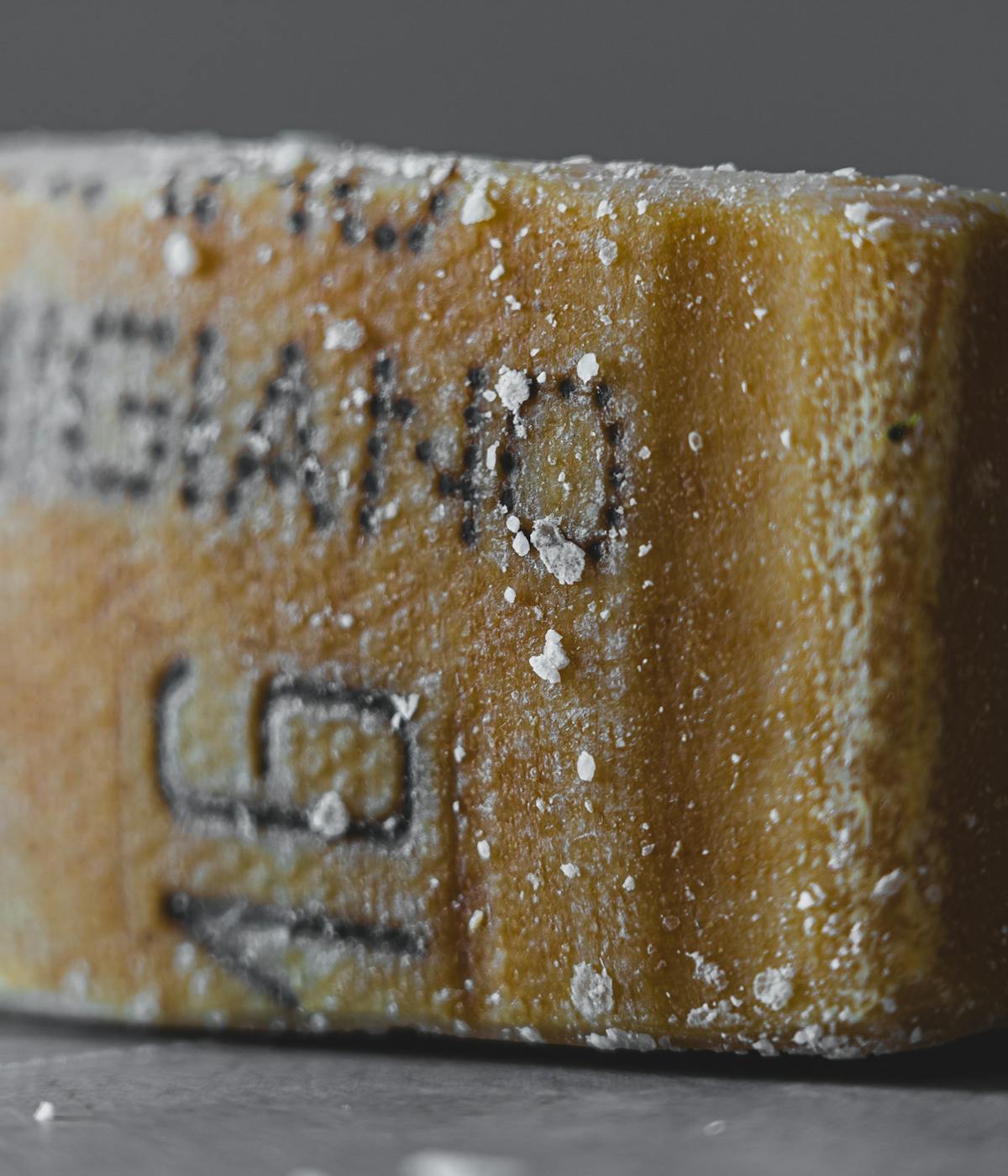
DOP designation is important so you can purchase Parmigiano Reggiano, knowing it’s real. Photo credit: Castorly Stock
Making authentic Parmigiano Reggiano DOP
Production process
Parmigiano Reggiano is a hard cheese, made with cow’s milk and aged for one year at a minimum. But not just any cow’s milk will do—specifically, yield from the morning milking is combined in large copper vats with the milk from the prior evening.
Insider’s tip: Parmigiano Reggiano cheese can even be aged for three years or more.

Cheese making is serious business especially when it comes to Parmigiano Reggiano. Photo credit: Caroline Roose
Inventing the wheel
This milk mixture, with the addition of natural whey starter and calf rennet, is heated so that curds form and sink to the bottom of the vat. Once the curds have settled, they’re removed from the vats, wrapped in muslin, and placed into cheese molds.
The wheels are stable enough after a day or two that the rinds can be stamped with the cheese maker’s official seal, and, after another couple of days in the molds, the wheels are immersed in a salt bath. They remain in this brine for a few weeks.
When the wheels emerge from the bath, they take up residence on a wooden shelf in the cheese maker’s aging room. Some cheese producers have enormous, warehouse-like rooms with row after row of tall wooden shelves from floor to high ceiling, each one covered with huge wheels of aging cheese.

Parmigiano Reggiano cheese is aged to perfection. Photo credit: Kelly Visel
What about the stamp?
As mentioned, Parmigiano Reggiano cheese must be aged for at least 12 months, and it’s only at this point that the cheese can be tested by the consortium to determine whether it passes muster as authentic Parmigiano Reggiano DOP.
Cheese that passes the test gets an additional stamp on the rind, a fire brand of the consortium. Any cheese that is deemed unworthy of the DOP brand is stripped of the stamps on its rind.
If you’re buying a hunk of cheese labeled Parmigiano Reggiano and the rind is completely smooth, it’s from a wheel that didn’t get the official DOP brand. It may be perfectly good cheese, but it’s considered lesser quality by the consortium (and should be priced as such).

Look closely to spot the DOP stamp. Photo credit: Roderick Mintjens
Tasting Parmigiano Reggiano cheese
Characteristics
Parmigiano Reggiano cheese may be anywhere from pale to deep “straw yellow,” depending on its age (older means more intense color).
It’s a crumbly cheese, which is usually apparent before you even try to cut into it—wedges rarely have completely smooth sides, and the color can appear somewhat mottled with flecks of white. Those flecks are tiny tyrosine crystals that give Parmigiano Reggiano its familiar crunchy texture.

Parmigiano Reggiano compliments any Italian dish. Photo credit: Klaus Nielsen
Tasting tips
Because it’s a hard cheese, Parmigiano Reggiano is easily grated for use as a garnish or to add flavor to a cooked dish.
It’s more versatile than you might think, though, especially since the flavor and texture of the cheese can change so much with aging:
- Younger cheeses are excellent additions to a charcuterie board or with delicate fruits like grapes or pears.
- While thin slices of Parmigiano Reggiano aged two or more years can hold their own against strong flavors like steak or dried figs.
And, even after you’ve eaten all the cheese, Parmigiano Reggiano is a gift that keeps on giving:
- When you’ve scraped every last bit of cheese away from the hard rind, toss the rind in a zip-top bag and store it in the freezer until the next time you make soup.
- Let the cheese rinds cook in the soup, removing them before serving.
- Those rinds, though not really edible, still pack a lot of flavor as seasoning.
For more, check out the fantastic 5-step “Sensory Analysis” and the pairings page on the official Parmigiano Reggiano Cheese Consortium website.

Parmigiano Reggiano goes with more than just pasta!
Parmigiano Reggiano cheese vs. Parmesan
As mentioned, the word “Parmesan” is essentially the Englishization of the word “Parmigiano,” but when it comes to cheese things get a little more complicated.
Like other popular food products with the EU’s protected status (such as mortadella), Parmigiano Reggiano is copied by producers all over the world. Unless it’s made in the protected regions and bears the consortium’s brand, however, it can’t legally be called Parmigiano Reggiano.
And the cheese’s protected status in the EU goes even further—cheese makers all over Europe are also prohibited from using the word “Parmesan.”
Outside the EU, however, it’s a different matter:
- Any “Parmesan” you see that’s made outside Europe may be allowed to use that name, but it isn’t required to adhere to the rules and standards of making true Parmigiano Reggiano.
- These products are basically riffs on the original, usually made with cow’s milk, but typically aged much less than the one year minimum the consortium requires.
- What’s more, “Parmesan” is frequently sold pre-grated, which means it’s mixed with an additive to keep it from clumping.
Is “Parmesan” inherently bad? No. But it is a different product, which can impact cost and may even have health implications.
Several studies show that Parmigiano Reggiano is naturally lactose-free, which means many people with lactose-intolerance can enjoy authentic Parmigiano Reggiano. Non-European “Parmesan,” however, is not necessarily lactose-free, so this is one of the times when being a stickler for authenticity is important.
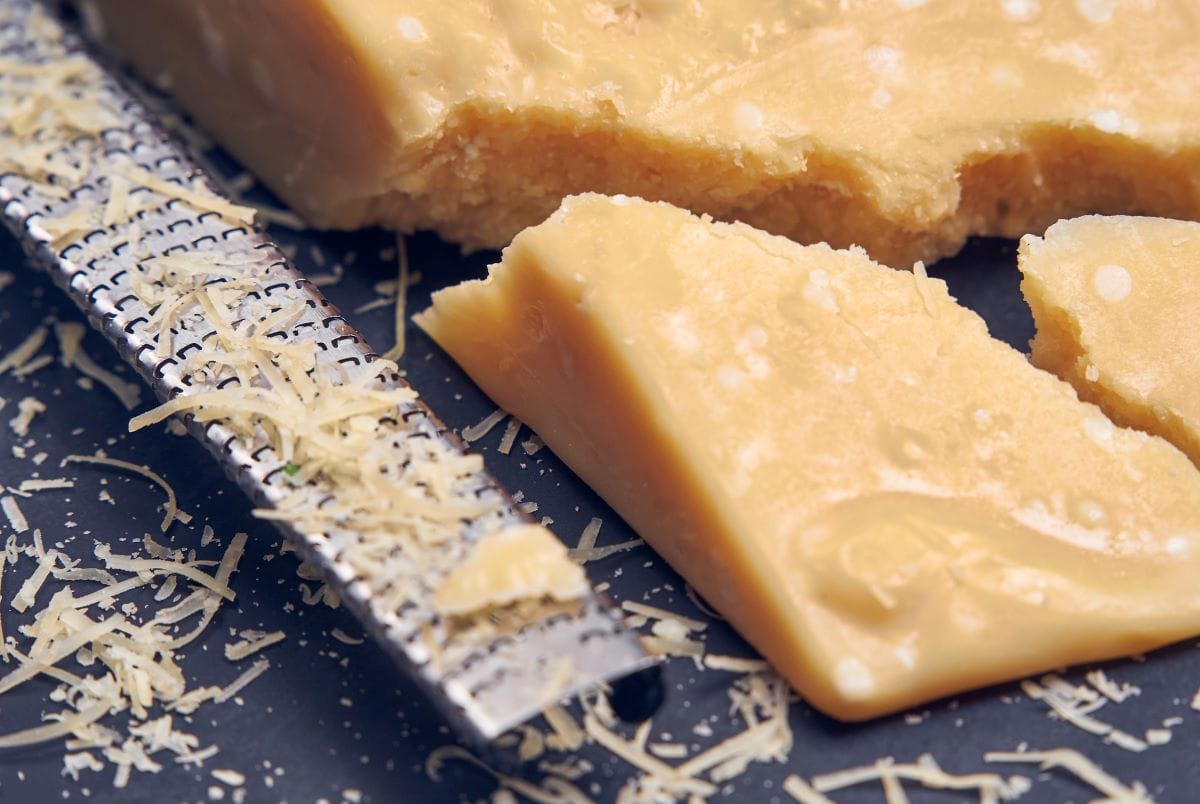
Think you can tell the difference between Parmigiano Reggiano and Parmesan cheese? Photo credit: Malmaison Hotels
by Jessica Spiegel
View more by Jessica ›Book a Tour

Pristine Sistine - The Chapel at its Best
€89
1794 reviews

Premium Colosseum Tour with Roman Forum Palatine Hill
€56
850 reviews

Pasta-Making Class: Cook, Dine Drink Wine with a Local Chef
€64
121 reviews

Crypts, Bones Catacombs: Underground Tour of Rome
€69
401 reviews

VIP Doge's Palace Secret Passages Tour
€79
18 reviews

Legendary Venice: St. Mark's Basilica, Terrace Doge's Palace
€69
286 reviews









